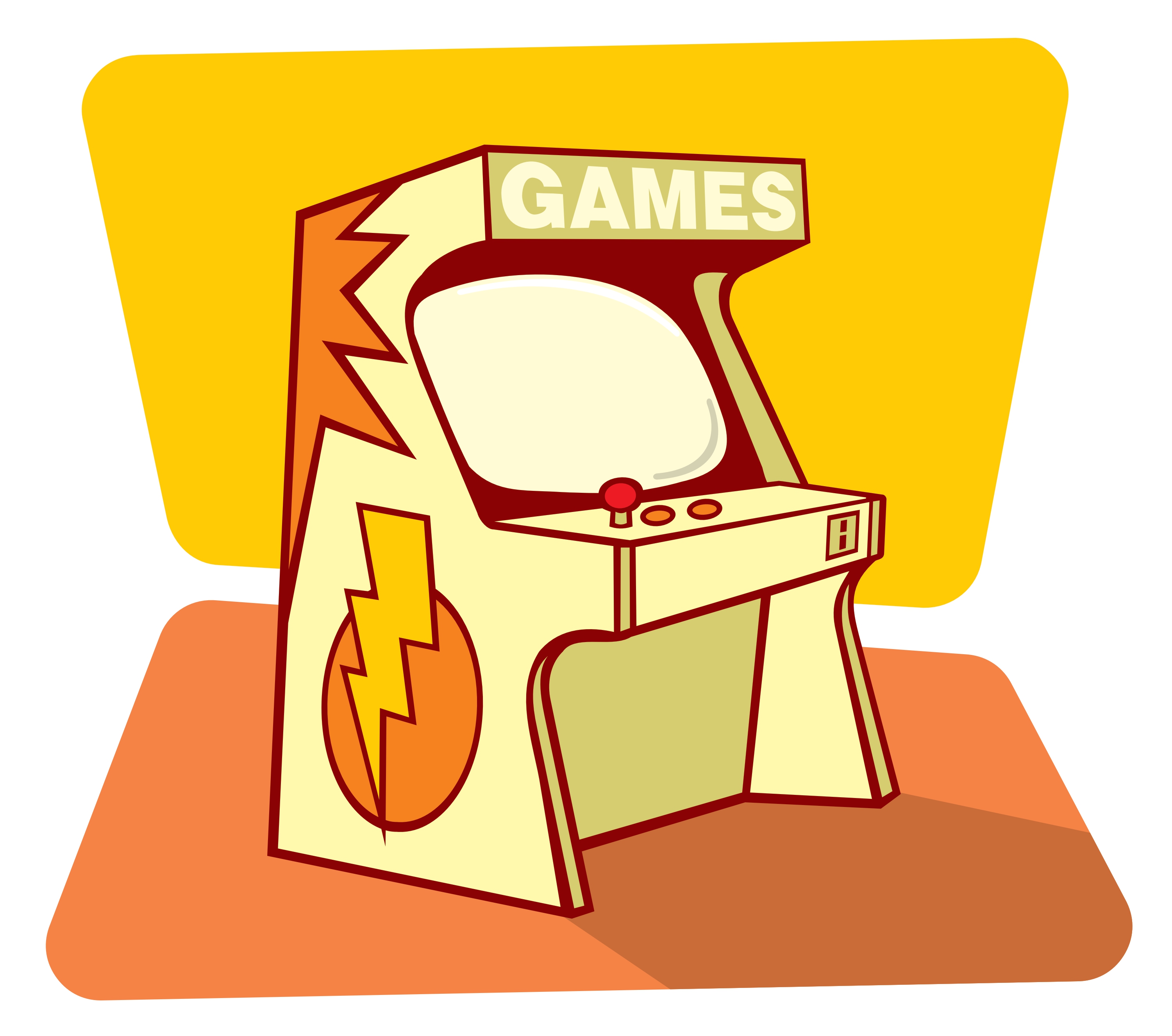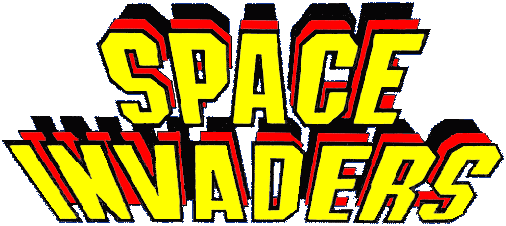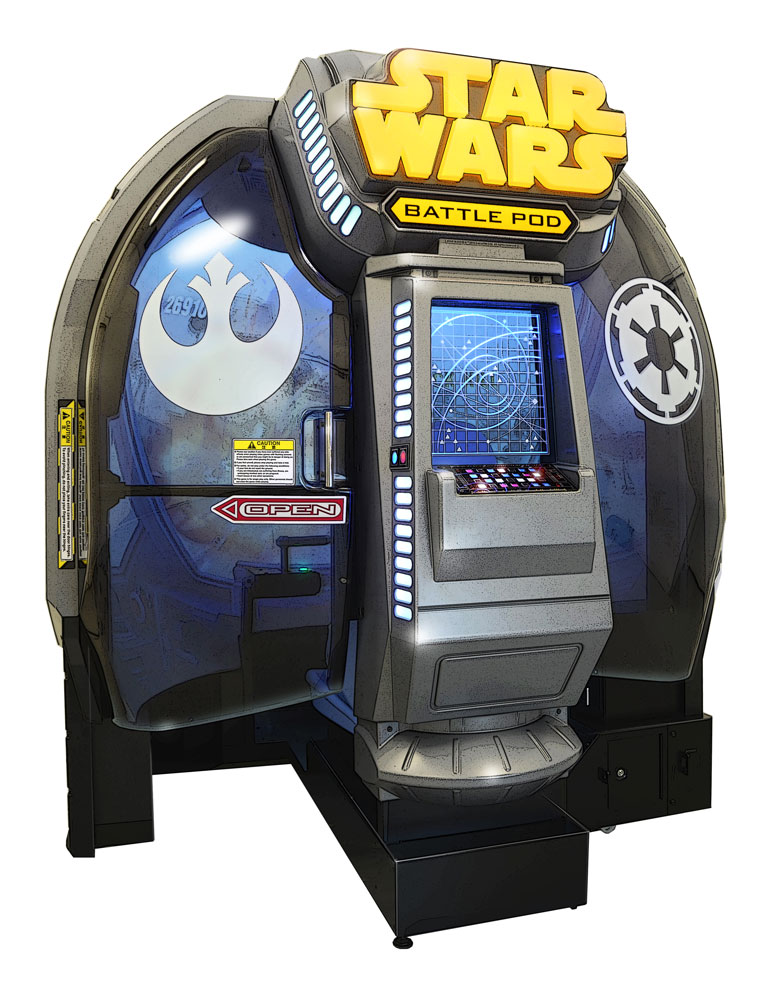CHAPTER 1
The Beginnings of Arcade Gaming

Readers who have seen Back to the Future Part III (set in the year 1885) will have seen how arcades once looked. Shooting galleries and ball-toss games were once the most compelling attractions available, along with machines that could tell your fortune or play mechanical music. These machines began the coin-operation trend that continues to the present day, and in the 1930s wooden pinball machines began to appear. Alongside such games as skee-ball, basketball attractions and other tests of dexterity, the amusement arcade was born. Despite not featuring the electronic light and sound shows that would come later, these were undeniably amusement arcades in their modern format and everything that followed was merely refinement.
Skee-Ball has been called “the original arcade game”, and while there is still dispute over which game could reasonably claim this title, Skee-Ball has certainly been around for more than 100 years, having been invented in 1909. Shooting galleries are certainly older, though they would have been seen more as a test of one’s practical abilities than a chance to develop a skill for the sake of the skill itself (as one would in a sport). Regardless, around 100 years ago a market started to develop for games which would test one’s reflexes and dexterity, which is how we understand the term “arcade games” today.
In the 1960s, companies such as Sega, Nintendo and Taito began to produce electro-mechanical games for arcades, which would use electronic components like flippers, flashing lights and moving parts to immerse the player in the game. Games such as Periscope, Grand Prix and Duck Hunt had begun a trend that would lead into fully electronic, “real” arcade games.
CHAPTER 2
The First Real Arcade Machines

Although some will argue that Stanford University’s Galaxy Game (the first coin-operated arcade machine) or Nolan Bushnell’s Computer Space (the first commercially sold coin-operated arcade machine) should be called the first real arcade game, the name that everyone remembers for the way it changed the industry is Pong. Created in 1972 by Atari, Pong surely needs no explanation. Early machines were plagued with what bar owners thought were technical issues; it transpired that often the only problem was that the coin slot was overflowing due to the game’s popularity
The 1970s saw a flurry of innovation into what was entirely unknown territory, with manufacturers such as Atari, Taito, Midway and Sega all making names for themselves. Joysticks, gun controllers (echoing the shooting galleries of old), steering wheels and other new inventions without which the arcades would never have existed in the way that they did were all invented in the 1970s.
The end of the 1970s saw arcade video games grow from a small off-shoot of consumer electronic entertainment into an industry all of their own. First-person perspective games such as Road Race and Night Driver continued to innovate, and arguably one of the most important games of this time was Atari’s Breakout, which spawned innumerable clones and was one of the most popular games of its day. However, no-one could predict the acceleration that was ahead, which would see arcades enter what is now known as the Golden Age.
CHAPTER 3
The Golden Age of Video Games

As with many things in the history of arcade gaming, even the date with which the Golden Age of video games began is disputed. However, almost everyone would agree that the industry changed for good with the release of Taito’s Space Invaders. Released in 1978, Space Invaders was the arcade industry’s first blockbuster hit and drew inspiration from sci-fi media such as The War of the Worlds and Star Wars, tapping in especially to the popularity of the sci-fi revolution in film.
The success of Space Invaders inspired the industry to further innovation and creative output, and the following three years saw the release of now-timeless games such as Asteroids, Galaxian, Pac-Man, Defender, Donkey Kong and Frogger, among many others. The early 1980s saw an acceleration in technology that is only now slowing down, more than 30 years later. Aside from innovations in gameplay, technologies such as sprites, laserdisc storage, cel-animation, vector graphics, digital audio and the use of larger numbers of buttons all came to fruition in the early 1980s, and as the decade moved on, it seemed inconceivable that games had moved on so far in just a few short years. For example, there was only a 5-year gap between Konami’s Frogger and Sega’s Out Run, two games seemingly so far apart in technology that making a comparison is almost impossible.
Arcade gaming was already starting to decline by 1986 (the year that saw Out Run and Taito’s Bubble Bobble released). While better games were to come, and arcade popularity would wax and wane, the overall trend was downhill from the mid-1980s, and a large part of their decline was the inexorable rise of home gaming systems.
CHAPTER 4
Competition from Home System

In America, arcade revenues fell from $8 billion in 1981 to $4 billion in 1986. This fall seems almost counter-intuitive to gamers; better and better games were being released every year, and technology was enabling developers to create games that had never even been imagined before. However, the popularity of arcade games was also proving its downfall, as cheap copies of popular games began to saturate the arcades. A similar trend had already taken place in home video gaming from 1983 to 1985 (what is now known as the American video game crash of 1983), but Nintendo’s NES was about to prove to be the saviour of home gaming.
CHAPTER 5
The Renaissance and Further Decline of Arcades

While the late 1980s saw the release of games like Double Dragon, Hard Drivin’, the arcade version of Tetris and Pit-Fighter, it was in 1991 that Capcom released arguably the most important arcade game of the 1990s: Street Fighter II. This game alone brought about a resurgence in arcade popularity with its revolutionary gameplay and “winner stays on” structure, which is still the template for fighting games to this day. Street Fighter II saw gamers once again filling arcades, queuing for a chance to show off their skills and compete with fellow aficionados, and spawned (inevitably) a slew of clones.
Over the next few years, fighting games would come to dominate the new release schedules in arcades: titles such as Mortal Kombat, Virtua Fighter, Killer Instinct and Tekken all appeared in the period up to 1995. Although these all brought innovation in their own ways, arcades were once again in decline as home consoles were catching up. The SNES and Megadrive (known as the Genesis in the USA) could emulate many arcade games with impressive accuracy, even creating a near-perfect port of Street Fighter II. While arcades could handle 3D graphics far more easily than home consoles, the Saturn, PlayStation and Nintendo 64 all made an appearance in the 1990s and closed the gap considerably. Sega’s Model 3 arcade system - as well as others - remained ahead of home consoles, but Sega’s own Dreamcast console would narrow the technology gap even further in the late 1990s. However, by the time of the Dreamcast’s release, a new arcade game had appeared that would once again provide an experience unavailable to home players.
CHAPTER 6
The New Style of Arcade Games

By this time, home gaming had expanded to include long-form games that weren’t possible in arcades, with 1998 being considered by many to be the greatest year (to date) for gaming. Titles such as Metal Gear Solid, The Legend of Zelda: Ocarina of Time, Gran Turismo, Resident Evil 2, Pokémon Red/Blue and Half-Life were all released in 1998, and so arcades were in danger of becoming wholly irrelevant.

Also in 1998, however, Konami released Dance Dance Revolution, a dancing game controlled by the player’s feet. DDR once again capitalised on the arcades’ ability to provide gaming that simply couldn’t happen at home; a huge dance floor area was provided for two players alongside each other, and the loud, brash style drew gamers back into arcades from their homes. While arcades were no longer the venue for game debuts (most popular games would now be released on home consoles as a preference), games such as DDR and its many clones and sequels continued to provide some innovation. Arcades at this time began to rebrand themselves: either they offered the draw of multiplayer gaming through the most popular fighting games; or they offered big, spectacular arcade experiences such as DDR and huge-screened lightgun games that were simply not possible (or at best inferior) at home, or they looked to history and reintroduced machines such as Skee-ball and basketball games.
CHAPTER 7
Arcades at Home

As arcades declined further, and arcades either shut down or reinvented themselves, many game cabinets found their way into the hands of home owners. What were once hugely expensive machines that offered unattainable experiences could now be bought for affordable prices, and many gamers acquired machines either for nostalgia or wish fulfilment purposes, buying the cabinets they once could only dream of owning.
Home ownership of arcade games has not only become more affordable, but more convenient,with many gamers choosing to recreate an entire arcade with a single machine. Multi-game arcade machines offer a simple way to possess all the games a player could want without taking up the space that dozens of machines would require. Using modern technology to play classic games also comes with the added convenience of reliable electronics and components, whereas an arcade machine from 30 years ago will often have suffered at the hands of a line of players in a public space.
However, for some purist gamers, this emulation is an inferior way of playing classic games, and the only true way to play games like Donkey Kong and Space Invaders is on an original machine. Fortunately for fans and collectors alike, online forums and sites such as Twin Galaxies make comparing games and scores possible in a way that could not have happened in the Golden Age, and buying refurbished home arcade systems is easily possible.
CHAPTER 8
Arcades Today

As gaming has moved into the homes and away from arcades, what has happened to the arcade games themselves? As mentioned above, many arcades have rebranded themselves or diversified by adding Skee-ball and basketball machines. Also popular are ticket redemption machines, coin pushers, crane machines and more diverse games such as air hockey. However, arcade games themselves are still in production, many of them by companies which have survived since the Golden Age such as Sega and Konami. Arcades themselves have survived largely untouched in Japan where home space is at a premium and large machines are simply not viable for home ownership, and modern arcade games feature online leaderboards, trading cards and other innovations to keep them interesting and relevant.
Modern arcade games largely survive on the principle that has brought success to them since their inception: providing an experience that is not possible at home. For some, this means a multiplayer experience such as a fighting game (since home internet connections cannot provide the immediate response or tension of sitting alongside your opponent). For others, it means hydraulic movements, peripherals from guns to drums, or simply engineering a spectacle that a home console cannot create. Games such as Star Wars Battlepod fall into the latter category, proving that arcade games are still capable of providing new experiences.
CHAPTER 9
The Future of Arcade Gaming

So what will come next for arcade gaming? The popularity of arcades has already waned to what must surely be a low point, but arcades refuse to die entirely. Games like the aforementioned Star Wars Battlepod prove that a market still exists, and while those who grew up in the Golden Age of arcade gaming are now more likely to be home owners or console gamers, arcades still have something to offer to new players.
One thing that is certain is that arcades still have the capacity to surprise and amaze, whether old or new, and their enduring appeal ensures their popularity for years to come both at home or in public spaces.